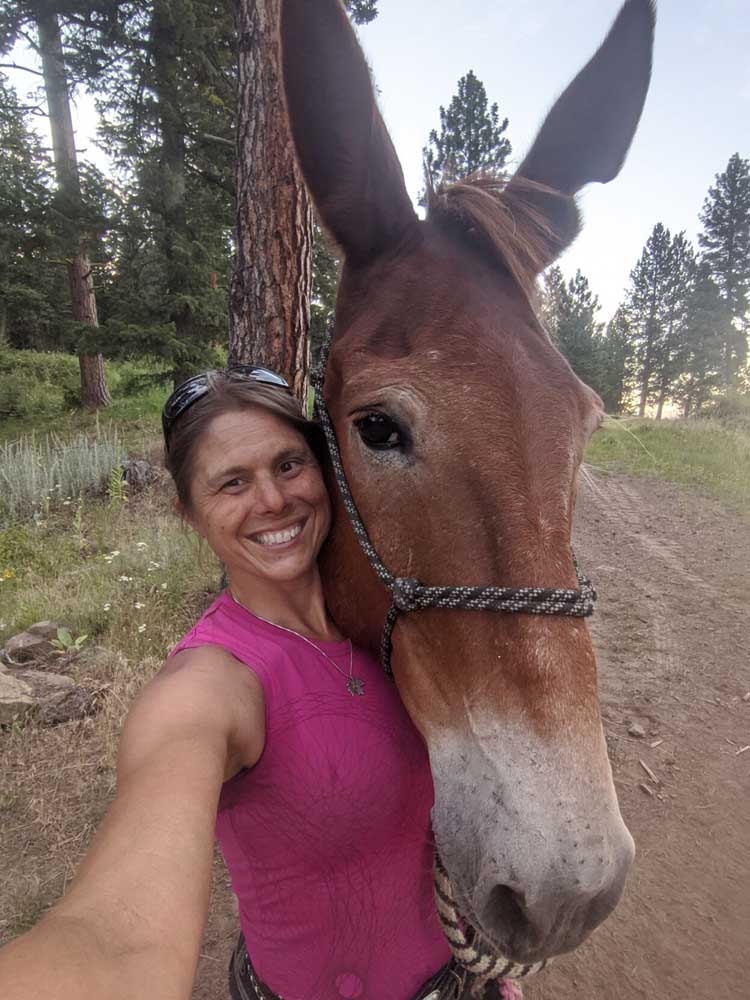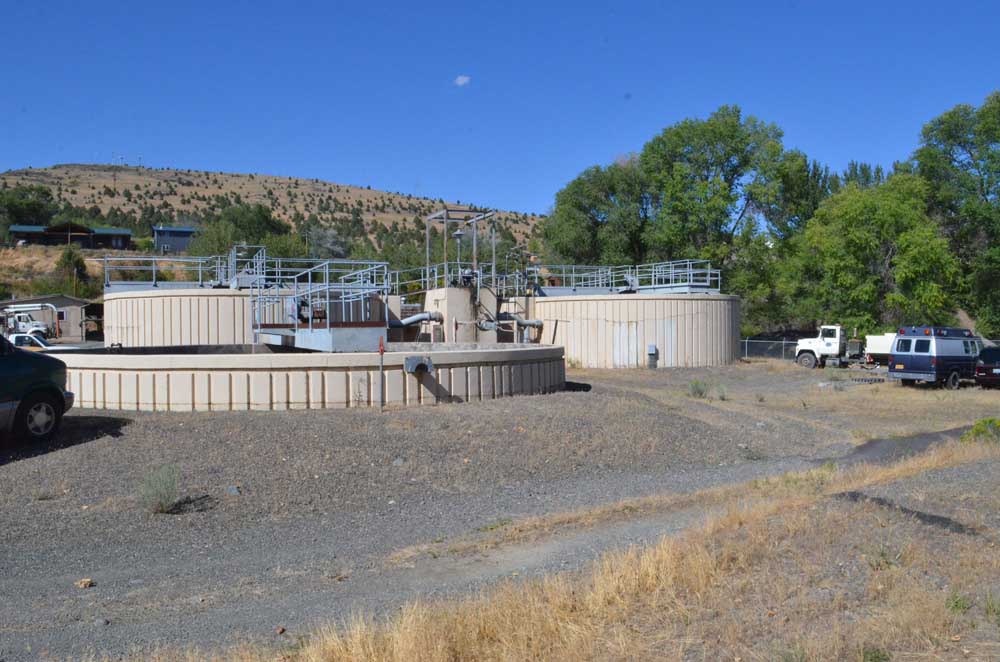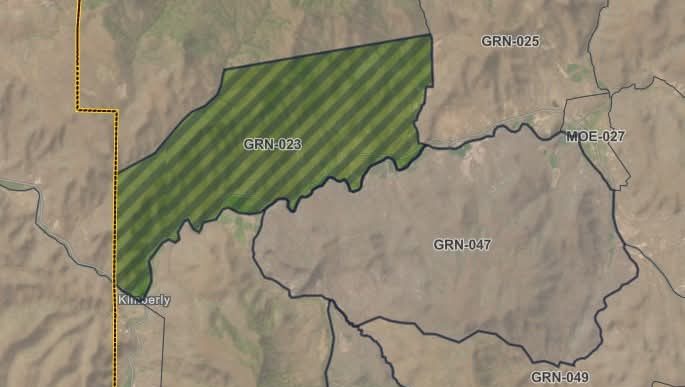Local equestrian to participate in endurance race in Patagonia
Published 9:00 am Tuesday, February 22, 2022

- Brenda Johnson competed in the endurance horse race called the Gaucho Derby in South America’s Patagonia from March 3-13, 2022.
JOSEPH — If enthusiasm had a scale from 1-10, then Brenda Johnson would be at about a 12. Johnson is preparing for a 10-day endurance horse race, called the Gaucho Derby, that takes place in Argentinian Patagonia March 3-13. Riders cover 311 miles, using seven different horses, relying on a map and a GPS tracker, and must finish in 10 days. There are no trails.
Trending
The race is a test of horse and rider endurance, navigation and survival skills.
She is in an elite group. There were over 400 applicants and only 35 were chosen to compete.
So why is she doing it? She laughs at the question. “Cuz I’m crazy!” she said.
Trending
She explains, more seriously, that she has always wanted to do it and is “just doing it to do it.”
There are riders from around the globe, including Europe, the United States, South Africa and Australia, participating.
The experience is costing her a great deal of money — more than $14,500, to be exact. In addition, there is airfare, gear, food, a tent and sleeping bag. Specialized gear for the weather she will encounter all had to be purchased new. Since she will be going in March, and since Patagonia (located in South America) is in the Southern Hemisphere, its climate now will be close to Wallowa County’s September or October.
“It could be 20 or 70 degrees,” she said. She also had to commit at least $1,000 to charity just to enter, but has raised and donated $1,500 to date.
Her chosen charities were Safe Harbors in Enterprise and Shotzy Sanctuary, in Union County, an animal rescue and domestic violence organization. Donations are still being accepted, and Johnson asks anyone who wishes to support her challenge to please donate to these charities. She spent a year training and preparing for the event, and appreciates the support and donations of local businesses and individuals who contributed to her endeavor.
A rare race to ride in
This is only the second race of its kind. The first was held in 2020, and the world shut down during the race due to the pandemic. The second race, which would have happened in 2021, was canceled due to the COVID-19 pandemic.
She said she was initially drawn to the race by the story of Bob Long, a 70-year-old Idaho man who won the Mongol Derby, which is 1,000 kilometers, or 622 miles.
“I thought the story was inspirational,” she said. And, she added, “I’ve always wanted to go to Patagonia.”
In addition to specialized gear, there is a strict weight restriction. Riders can weigh no more than 187 pounds. Supplies and gear — food, first aid kit, tent, saddlebags and sleeping bag — cannot exceed 22 pounds for 10 days, with 4-pound food-resupply bags strategically placed along the course.
“They are very strict about weight,” she said. The body weight restriction also includes clothes and helmet.
The race has an extensive veterinary support system for the horses. Veterinarians are at horse stations every 40-60 kilometers to check the horses’ heart rates, respiration rates and to make sure they are not being pushed too hard. Each rider rides a total of seven different horses, said Johnson, but each horse is only ridden once.
The race supplies the horses. There are three types of horses used. A Criollo, “like our mustangs here,” she said. Arabians and Percheron crosses are also part of the mix. The saddle is modified for the race to be light, “like a cross between a Western and English,” Johnson said. Riding can only occur between the hours of 8 a.m. and 6 p.m. Riders who violate this rule run the risk of penalty and possibly disqualification.
The terrain is difficult. Johnson said riders “have to figure out on your own the terrain gates and fences,” and how to contend with them. In places, riders may have to back track, since there are no trails. It’s a point A to point B to point C type of race beginning to end. There is also “lots of water. Water could be my deterrent — bogs and swamps,” she said.
It is also fire season there.
“You can’t have fires,” she said. If a person must start a fire, “it better be to save your life,” she said. There are medics available. “Horse and people are well taken care of,” she said.
The lay of the land
The terrain in Patagonia is desert and steppe-like (terraced grass plateaus). It is bound on the west by the Andes. The Andes are part of Patagonia, Johnson said. “We’ll have various sections of the race in the mountains. They said our max elevation will be around 8,000 feet,” she said. The Colorado River is to the north, the Atlantic Ocean on the east and the Strait of Magellan to the South. The region south of the strait, Tierra Del Fuego — which is divided between Argentina and Chile — is also often included.
It is desert and semidesert terrain and treeless plains. The relatively flat tableland rises from an elevation near the coast of 300 feet to about 1,300 feet at the junction of two rivers, then to 3,000 feet at the base of the Andes. Another tableland region rises to an elevation of 5,000 feet and more. The area is also rich in volcanic activity.
Johnson is originally from Minnesota and had always wanted to live in the mountains. She’s lived in and loved Wallowa County since 2012. She has a graduate degree from Clemson University in South Carolina in aquatic ecotoxicology. She works as a farrier and a veterinary assistant at the Enterprise Animal Hospital. She is also a caretaker for a local ranch.
For more information on the race, go to www.equestrianists.com.
“I also have a website, www.brendasadventure.com,” she said.
Johnson’s progress will also be streamed in real time via her GPS. Riders will also give interviews along the way.
To donate to Johnson’s charities, for Safe Harbors use the shelter’s website at www.wcsafeharbors.com. For Shotzy Sanctuary, checks may be mailed to 75506 Robinson Road, Elgin, OR 97827, or by using PayPal at Shotzy08@live.com.









